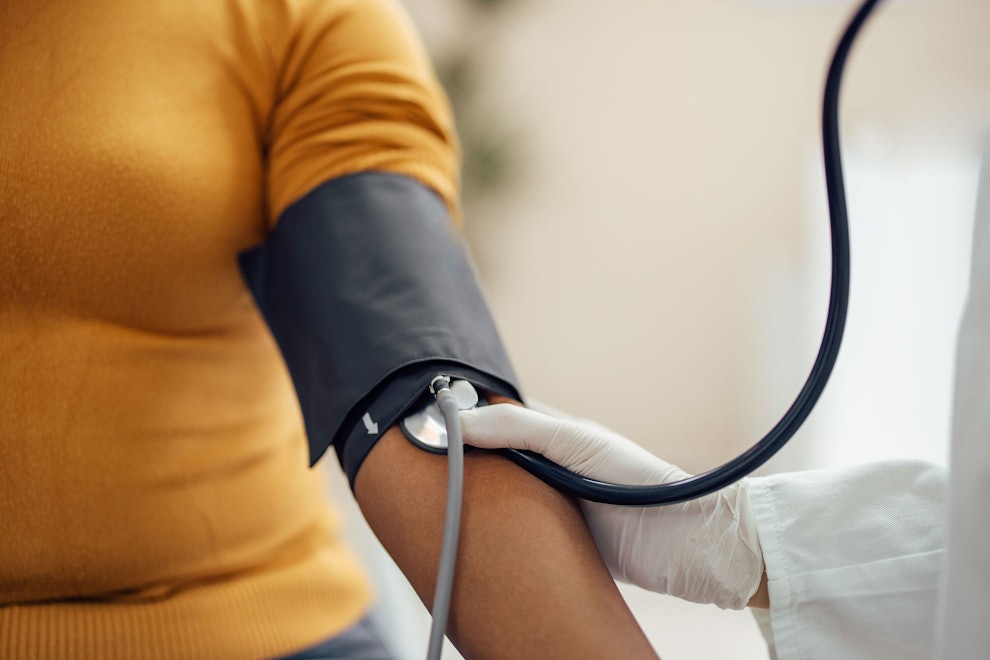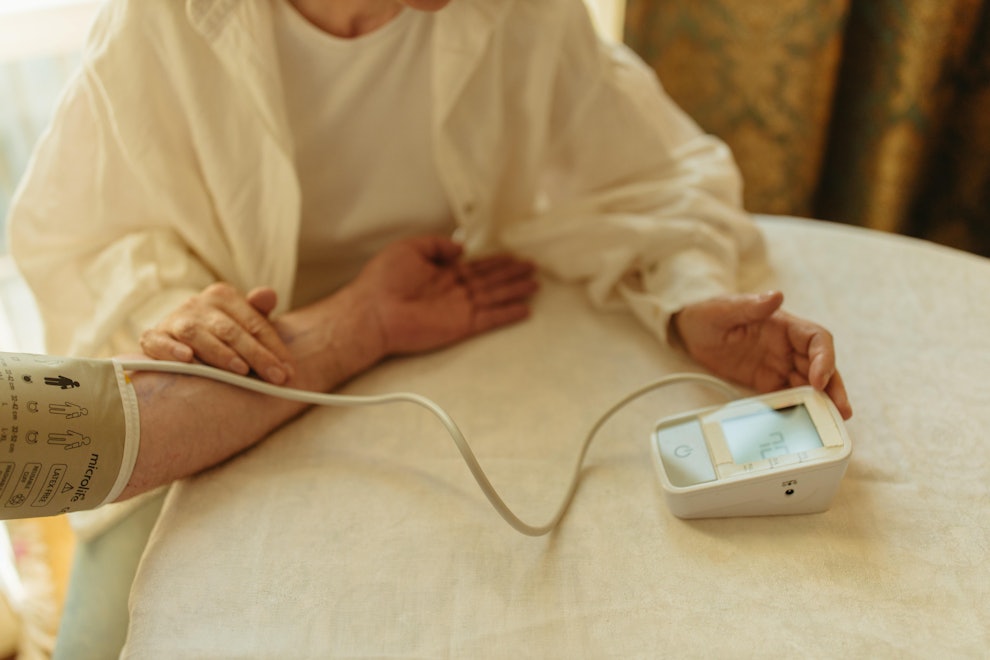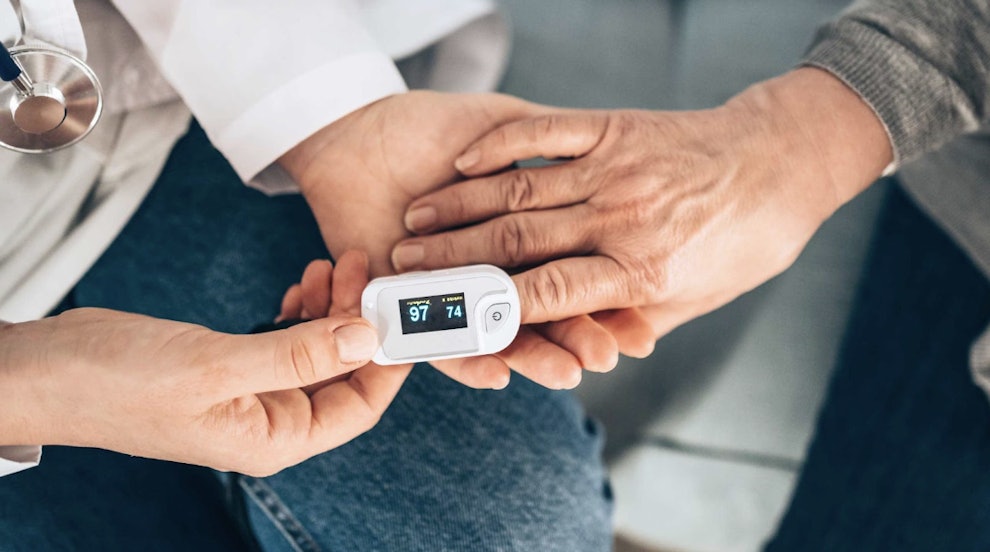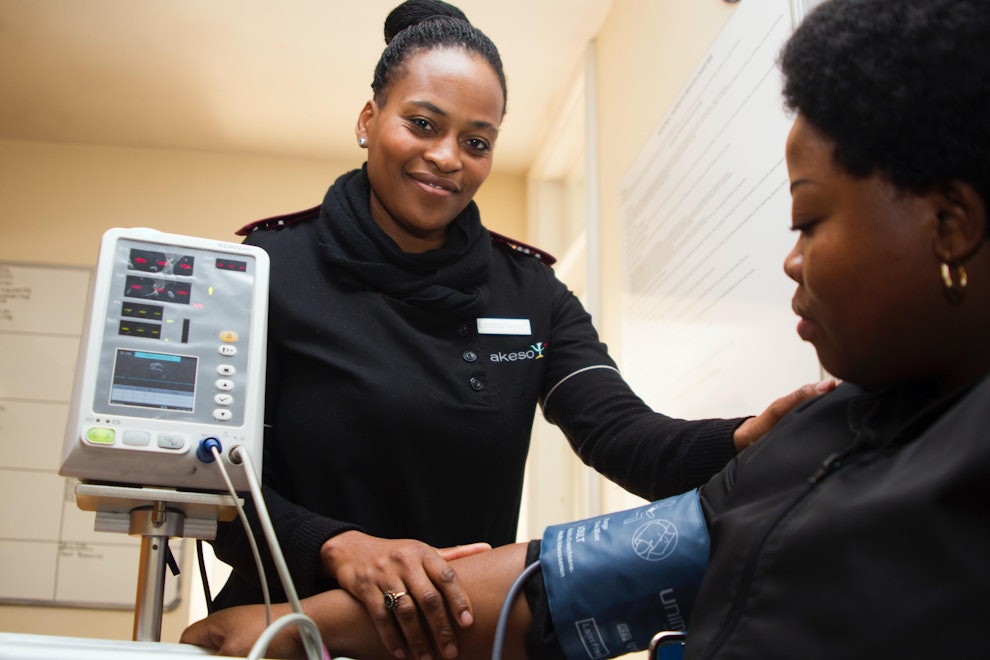Article at a glance
High blood pressure (hypertension) is a medical condition that is associated with a number of health issues including a higher risk of having a stroke, heart attack, or heart failure.
Some adults will need to measure their own blood pressure regularly, which would mean at home measuring.
Getting an accurate blood pressure measurement is important. In order to obtain an accurate self-measured blood pressure reading outside of a doctor’s office, there are a number of best practices one must follow.
Not all blood pressure monitors operate the same way. The American Heart Association recommends blood pressure cuffs that fit the arm over the wrist or finger blood pressure monitors.

Keeping blood pressure in a normal range is important for overall health. Having too high blood pressure, known as hypertension, is associated with a number of health risks including a higher chance of strokes, heart attacks, heart failure, kidney disease or failure, vision loss, heart disease, and sexual dysfunction.
Many people are not aware of their high blood pressure until serious problems arise. In fact, one in three American adults do not realize they have high blood pressure and are therefore untreated for their condition.
Those who are aware of blood pressure problems or are at a higher risk for developing hypertension may wish to regularly take their blood pressure at home. Monitoring blood pressure can help you to stay on top of high blood pressure readings.
This article will explain exactly how to take blood pressure at home, including tips for accurate readings from home blood pressure monitoring.
Understanding Blood Pressure
Blood pressure is the pressure blood imposes against the artery walls. The arteries are responsible for transporting blood from the heart to the other parts of the body. It is normal for blood pressure to rise and fall throughout the course of a given day. Blood pressure is an important indicator of someone’s overall health and wellness.

Who Needs To Measure Blood Pressure At Home?
Annual blood pressure readings are recommended for all adults, but those with blood pressure issues such as hypertension will need to monitor their blood pressure more regularly. Other types of patients who should be measuring blood pressure from home include:
People who are starting high blood pressure medications and need to determine how effective the treatment is.
Anyone who has risk factors for high blood pressure such as older age, obesity, or a family history.
How To Take Blood Pressure At Home
In order to measure your blood pressure at home, one can buy and use a home blood pressure monitor. For an accurate reading, one should adhere to the following guidelines from the American Heart Association:
Sit Still:
Do not smoke, consume caffeine, or exercise within 30 minutes of reading blood pressure to steady the heart.
Make time to sit quietly for five minutes prior as well.
Have Proper Posture:
Keep feet flat on the floor and the back straight.
Have legs uncrossed.
Use a table to support the arm on which the reading is being taken on.
Ensure the upper arm is at heart level.
Routine Blood Pressure Reading:
Take blood pressure at the same time each day to obtain an accurate blood pressure reading.
Recording a Reading:
Take at least two or three readings, at intervals one minute apart.
Record each of your blood pressure measurements in a blood pressure log to track how your blood pressure is reading daily/over time.
Don’t Take Your Blood Pressure Over Clothing:
Always measure blood pressure on a bare arm as doing it over clothing may affect accuracy.

Picking The Right Blood Pressure Monitor
The American Heart Association recommends investing in a blood pressure monitor that is automatic, arm cuff-style, and fits the upper arm (bicep).
The American Heart Association recommends against wrist and finger monitors because they are not as accurate as a blood pressure cuff for the arm. Additionally, a digital blood pressure monitor is better than an aneroid monitor.

Checking Blood Pressure: Manual vs. Digital Monitors
While your specific monitor will have instructions that should be followed, there are some things to expect when using a manual versus a digital monitor.
How To Read Blood Pressure Using a Manual Monitor
There are typically a few steps to using a manual blood pressure monitor.
Locate your pulse: Using your index and middle finger, try to find your pulse at the bend of the elbow. If you can’t find a pulse this way, using a stethoscope in the same general area can help pinpoint it.
Secure the blood pressure cuff: Slide the cuff onto your arm, ensuring the stethoscope portion is positioned over the bend of your elbow where you found your pulse. Fasten the cuff to your arm until it is secure, but not too tight.
Inflate the cuff: Keep the bulb in your right hand and the pressure gauge in your left. Choose the airflow valve by turning the screw in a clockwise position. Squeeze the bulb to inflate the cuff, and continue to inflate until the gauge reads 30 points above your expected systolic pressure rate.
Deflate the cuff: Slowly release the pressure by turning the gauge counter-clockwise (which will open the air flow). The gauge should only go down 2–3 points per heartbeat.
Record your readings: Listen for the first beat of the pulse. When you hear the beat, read the number on the gauge and record it as your systolic pressure number. Continue deflating the cuff until you no longer hear a pulse, then check the gauge again and record that number as your diastolic pressure.
How To Read Blood Pressure Using a Digital Monitor
To use a digital monitor:
Hold the bulb in your right hand
Turn on the power button: once the monitor reads all numbers as zero, it is ready to use.
Inflate the cuff: If using a bulb, begin squeezing to inflate. If your monitor includes an automatic inflating function, press that start button. Continue to inflate until the gauge reads about 30 points above your estimated systolic pressure number.
Watch the monitor: The monitor will display the readings. In most cases, systolic pressure will show up on the left, while diastolic numbers will appear on the right.
Wait for the beep: When you hear the beep sound, it means the measurement is complete. You can write down your measurements in a log at this time.
Wait for the cuff to deflate: Allow the cuff to fully deflate, then remove.
Note: It’s important to read the instructions that come with your specific monitor and follow them as described.

How To Understand Blood Pressure Readings
To understand blood pressure numbers, knowing the definition of certain medical terms like systolic pressure and diastolic pressure can be helpful.
Systolic Pressure
This is the first number, also known as the systolic number.
Diastolic Pressure
This is the second number, also known as the diastolic number. Diastolic pressures show the amount of pressure the blood is placing against the artery walls, while the heart rests in between heart beats.
Note: Normal blood pressure will have a systolic pressure under 120, and a diastolic pressure under 80. Often this is read as “120 over 80” and is written as 120/80.

How To Lower High Blood Pressure
If someone gets a high blood pressure reading, there are a number of strategies adults with hypertension can use to lower their blood pressure and help it return (and stay) within a healthy range. Some of these strategies include making lifestyle changes such as:
Eat a healthy diet
Maintain a healthy weight
Increase physical activity
Quit smoking
Drink in moderation
Perfect your sleep hygiene
Note: Hypertension disproportionately affects African Americans. Learn more about hypertension in African Americans here.
FAQ
What is the most accurate way to take my blood pressure at home?
While readings aren't always perfect, some tips for getting the most accurate read include ensuring your readings are always on the same arm, keeping the arm straight, elevating your arm to the same level as your heart, and doing the reading on bare skin rather than over clothing. It should also be noted digital monitors are considered more accurate than manual versions.
What time of day is blood pressure the highest?
Blood pressure rises and falls over the course of the day, but midday is considered the peak when blood pressure is at it's highest.




